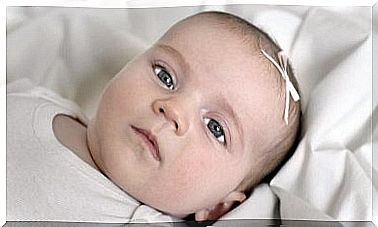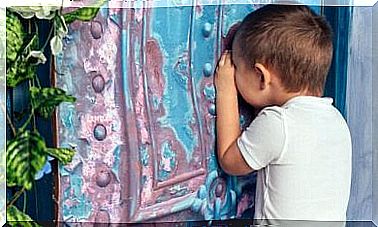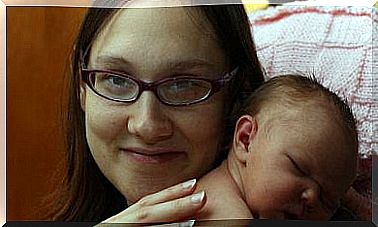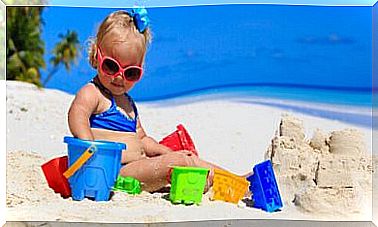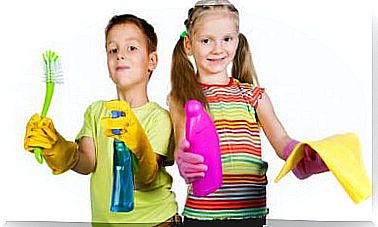Breast Care With 9 Basic Instructions
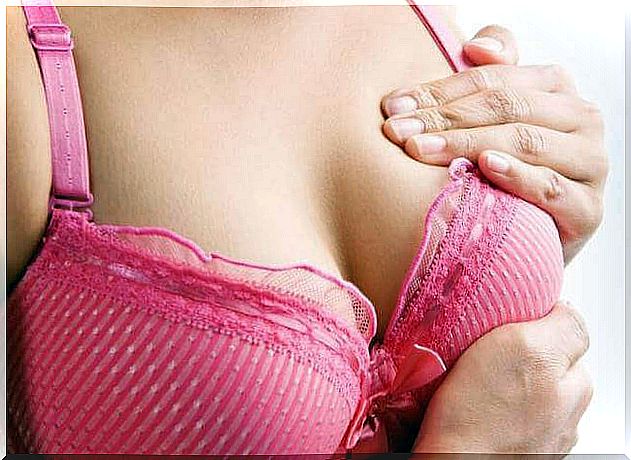
In this article, we’ll talk about how to manage breast care with nine basic guidelines. Breasts are a very sensitive part of a woman’s body, and therefore experts recommend certain precautions to maintain the physical and visual well-being of the breast area.
Breast welfare should be high on the order of priority for every woman, both in adolescence, before and after pregnancy, during breastfeeding, and in adulthood. Breast care is an important part of taking care of your body.
Breast well-being can be maintained in many simple ways. It is also important to know how certain diseases can be prevented.
Benefits of breast care
The fact that our breasts are hidden most of the time, unlike our faces or hands, does not mean that we should not invest in breast care.
Practicing certain daily habits from a young age – even as a teenager – can help fade scars and cracks in the pregnancy, as well as prevent sagging skin and certain health problems such as breast inflammation.
Exercise helps to strengthen the pectoral muscles, maintain firmness and fight the effects of gravity over the years.
From a health perspective, it goes without saying that early detection of any breast problem can be vital to treatment.

What situations affect breast health?
Breasts can suffer from hormonal diseases, physical injuries or pus, stress, weight fluctuations, other physiological problems, and constant or very intense exposure to sunlight.
In addition to this, pregnancy and lactation are crucial stages during which the breasts play a special role. In the latter stage, breast cracking and pain are very common ailments.
Breast care with 9 basic instructions
- Always use sunscreen when you are in sunlight. Breasts are a sensitive area that may be damaged by prolonged exposure to sunlight.
- Experts recommend avoiding soap during pregnancy as it is detrimental to the skin’s natural ability to moisturize itself. Use moisturizers instead. Simply applying moisturizer to your breasts twice a day ensures that your breasts stay moisturized.
- Try to find the best position when breastfeeding to breastfeed your baby. This way, eating will be easier for him and more painless for you.
- Don’t let your baby develop a particular preference for either of your breasts. Favoring one breast (which is common in many babies) causes chest pain and irritation, and makes it less firm than the other breast, which in turn never gets empty.
- Follow a balanced diet. Diet has an effect on all the internal organs that allow our whole body to function. Breasts, of course, are no exception. Try to include fruits and vegetables in your diet, and avoid junk food. What effect does food have on breast health? This is simple: your body needs collagen, a protein that is responsible for supporting your entire body, tissue regeneration, and skin elasticity. In addition to this, extra pounds add fat to your body, which in turn is detrimental to your health.
- Wear a good bra. They need to be comfortable and soft (cotton is the best bra material) and allow for proper blood circulation to the breasts.
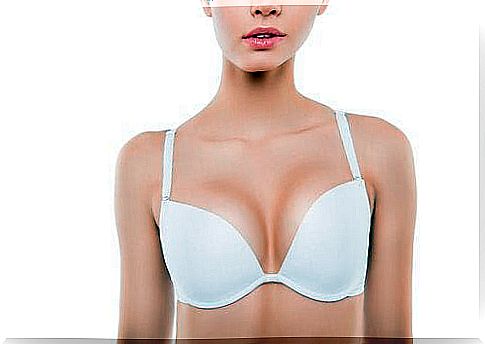
- Exercise. Physical activity plays an important role in both muscle tissue maintenance and overall well-being.
- Use an iron herb. This plant containing antioxidants has refreshing effects that protect our cells, activate our blood circulation and revitalize our skin. Therefore, combined with the cleansing properties of white wine vinegar and the skin rejuvenating effect, we can largely eliminate the looseness of our breasts if we still combine these with a daily massage.
- Examine yourself. In addition to the basics of breast care, monthly, orthodontic breast examinations can help you detect potential breast cancer at an early stage.
Of course, don’t hesitate to teach these instructions to your daughter from an early age so that she too can take care of every part of her body without forgetting the intimate and sensitive areas.

